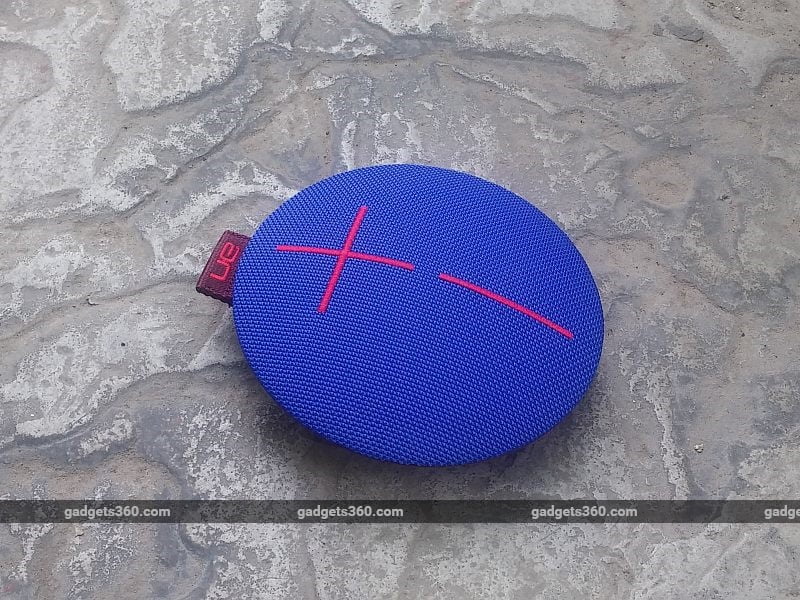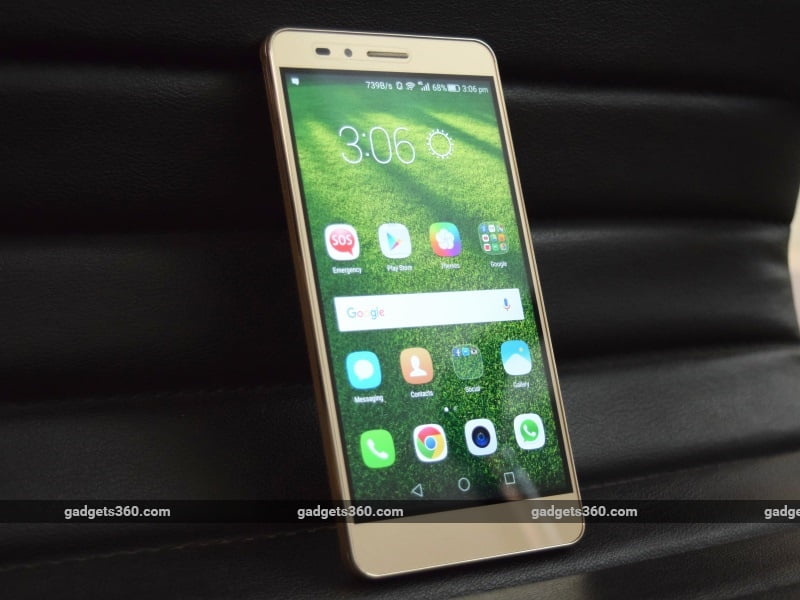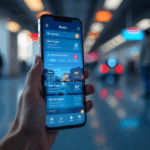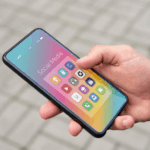
HIGHLIGHTS
Users have to share on social media to register
Users can earn points by urging others to sign-in using their shared link
OnePlus 3T 128GB can be bought for Re. 1 by earning 300 points
After the Diwali Dash, OnePlus is now hosting a December Dash sale. The OnePlus December Dash Sale will be held all through the month, and registered users stand a chance to purchase the newly released OnePlus 3T for just Re. 1 from the company’s online store.
The OnePlus December Dash Sale sale will be conducted on December 9, 16, 23, and 30 from 12pm to 6pm IST on the online store. Through this Dash sale, users stand a chance to buy the OnePlus 3T, OnePlus accessories, cases, covers, and other products for just Re. 1. To register, the user must get their OnePlus account ready, verify their mobile number, and fill in address and card details. It is also mandatory to share the event to their respective social channels thereafter to complete their registration process.
Registered users then earn points for every person who signs up through their share link. To earn a OnePlus 3T 128GB, the user must earn as many as 300 points. Once these points are earned, and the OnePlus 3T smartphone is claimed, the user must checkout by paying Re. 1 within three hours. Post the stipulated time frame; the OnePlus 3T unit will be removed from the user’s cart.
OnePlus is also conducting a weekly prize draw where all registered users stand a chance to win a free OnePlus 3T 64GB variant. The winner will be chosen randomly by OnePlus every Saturday for the month of December, and the winner will be intimated by email. For December Dash registrations, head to the company’s dedicated webpage.
The new OnePlus 3T is priced at Rs. 29,999 for the 64GB inbuilt storage model, and Rs. 34,999 for the 128GB storage model, and will be sold exclusively on Amazon India starting December 14.
OnePlus 3T OnePlus 3TRs. 29,999
KEY SPECS
NEWS
Display
5.50-inch
Processor
1.6GHz quad-core
Front Camera
16-megapixel
Resolution
1080×1920 pixels
RAM
6GB
OS
Android 6.0.1
Storage
64GB
Rear Camera
16-megapixel
Battery Capacity
3400mAh
BUY AT
Amazon
OnePlus 3T (64GB)
Rs. 29,999
Tags: OnePlus, Mobiles, Android, OnePlus 3T Sale, OnePlus December Dash, OnePlus 3T Price Discount
[“Source-Gadgets”]










